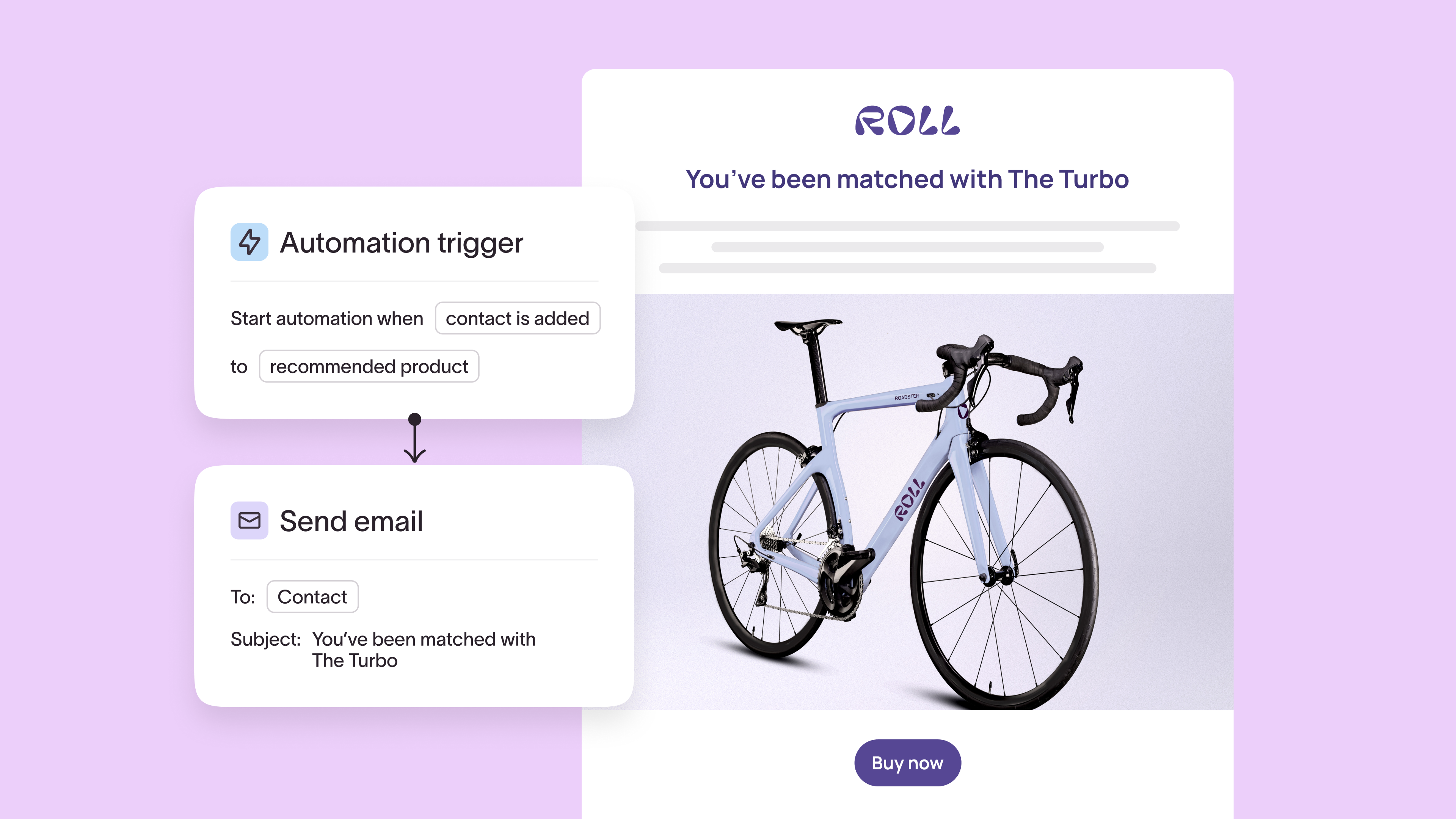Likert scale surveys: Definition, examples, and how-tos
Conducting Likert scale surveys can improve your research. Learn how this rating scale works and can give you insightful data.
.png)
A Likert scale is a way to answer a survey question on a five- or seven-point scale. The choices range from Strongly Agree to Strongly Disagree so the survey maker can get a holistic view of people’s opinions. All Likert scale survey questions also include a mid-point for those who are neutral on the subject matter.
We can all agree that there’s no single question that designates someone as politically liberal or conservative. Political affiliation is complicated—a person who's liberal on matters of health care could be conservative on questions of international aid.
So instead of asking one question, you measure how much people agree or disagree with various statements about political policy with a Likert rating scale . Then when you combine or average a person’s responses, you get a more accurate measure of their opinions. Let’s jump into how to create a Likert scale survey and what to do with your results.
How to create a Likert scale survey
Okay, so how do you craft a Likert scale survey that gets you results? That’s the hardest part. Don’t fret—these four steps will help you get it right.
Determine what the Likert Scale should measure
What is it you want to find out? Let’s say you’ve noticed some people love online shopping while others wouldn’t do it if their lives depended on it. And you want to quantify this.
So your task is to measure how people like shopping online. Likert questions will help you here.
Create your list of indicator statements
Remember: A Likert scale survey works best when you want to learn about something that can’t be understood with one question. That means you have to measure indicators—specific types of questions that help you understand the concept you’re trying to measure.
Likert scale questions are great for when you need to do a customer satisfaction survey because there are several characteristics that can influence the phenomenon: perceived quality, customer expectations, pricing, speed of service or delivery, and so on. Each of these is an indicator of customer satisfaction—you can find out if the customer is delighted with their purchase overall or very dissatisfied.
So what question types can you ask people to find out how much they enjoy buying things online?
You could start by asking them to list words they associate with online shopping: boring, complicated, easy, quick, intangible, and so on—you want to gauge the respondent’s opinion here.
Build the indicator statements, or Likert items, around this list.
- I prefer to touch things before I buy them (Strongly Agree—Strongly Disagree)
- The variety of options online overwhelms me (Strongly Agree—Strongly Disagree)
- Checking out is easy online (Strongly Agree—Strongly Disagree)
It’s important that every statement gets to the heart of what you’re interested in understanding.
Here are a few more tips for writing your indicator statements:
Use positive and negative indicators for balance. A positively worded statement should have a negatively worded counterpart later in the questionnaire or survey.
So if you have the statement, “The variety of options online overwhelms me,” then you should also have an item like, “I appreciate the wide selection online shopping has to offer.”
People who agree with the positive statements should disagree with the negative ones, and vice versa. That’s how you can be confident that your questions are clear and the responses are reliable.
Follow best practices for creating survey questions. Cater to your audience, use their language, and avoid double-barreled or long, complicated statements.
Remember: how we phrase a question influences the response. So use neutral language, avoiding words like “love,” “hate,” “terrible,” “incredible,” and so on. Let people tell you the strength of their feelings instead of cueing it in the statements.
Decide on the response scale you want to use
When it comes to the Likert-type response ordinal scales, you have to make two decisions.
First is the semantic scale. You want to choose options that are simple and unambiguous. Among the most common: Agree—Disagree, Helpful—Not Helpful, Excellent—Poor, Satisfied—Dissatisfied, Always—Never. But just because they’re popular doesn’t mean they're clear.
And make sure the differences between the categories are valid and useful. Let’s say you want to measure how often a person gets up from their desk at work. You choose Never—Seldom—Sometimes—Often—Always. How do you quantify the difference between seldom and sometimes?
If a scale is potentially ambiguous, either explain the meanings in your introduction or change the scale. Don’t use “Sometimes” when you really mean “Once a week.”
Second is the number of response choices. Likert-type responses often have an odd number, so respondents have a neutral option. The jury is still out on whether that is necessary or even desirable.
Most researchers agree that, at a minimum, you should use a five-point Likert scale survey. But other research shows that the more choices there are, the less often respondents use the middle or neutral category. What seems clear is that a seven-point Likert scale approaches the upper limits of reliability—so adding more options is likely to give you worse, not better, Likert scale data.
Think about those HappyOrNot terminals you find in airports, shopping malls, and even in toilets. You know, the ones with the happy and angry faces on them? Most of them use an even number of response choices. Why? Because it forces people to choose a side, making it easier to collapse responses into two categories (positive vs. negative experience).
Which you choose depends on how you plan to evaluate the responses.
Here are a few more tips for creating your Likert scale responses:
Be creative
- Just because you’re collecting data doesn’t mean you need to sound like a robot.
- Survey tools like Typeform let you edit the labels so your brand voice can shine through your questions.
- Try out Interesting—Not Interesting, or even No Way—Meh—Totally! to keep people engaged.
Use unipolar responses
- The aim of a Likert scale is to get at a larger concept with a series of questions.
- Don’t name that concept with polar opposites like Safe—Dangerous or Strong—Weak.
- Instead, measure in degrees, like Very Safe—Not Safe and Very Strong—Not at All Strong.
- They’re just easier for people to understand, and you can be sure that one extreme is the exact opposite of the other.
Stay consistent with your scales
- Creating a Likert scale involves summing or averaging the responses to measure a concept or phenomenon.
- Without consistent scales, you can’t be certain you are measuring the same thing with each statement.
Test and test again
Surveys are an iterative process. The key to successful research is testing, analyzing, revising, and improving the way you collect data.
Test your survey on a small pool of participants that represent the larger group you’re trying to learn more about and analyze the data. If you’re going for extra credit, you can conduct an item analysis.
An item analysis helps you find out which items, or statements, are most useful and which are problematic. The math’s a bit tricky (which is why I defected from psychology), but a statistical analysis tool can help you find the correlations between your questions.
Once you’ve started conducting the Likert scale questionnaire, run another item analysis to ensure the scale is consistent.
What to do with your Likert scale results
Once you’ve crafted the questionnaire for a Likert scale survey, most of the hard work is already done. If the statements in your questionnaire measure a particular concept when combined, that’s a Likert scale. Averages and standard deviations among your participants describe the data.
If you've used Likert-type items in a survey, then averages, medians, and frequencies are the tools you need for analysis. The tendencies in the data will give you answers to the questions that prompted this survey.
Although Likert scale surveys are relatively simple, a major weakness to consider when interpreting your results is respondent biases.
As with most surveys, social desirability bias can affect the reliability of your Likert scale survey. Even when you tell respondents their responses will remain anonymous, many people still try to give socially acceptable answers rather than being honest. This can be minimized with an even-number scale, which prevents people from sitting on the fence.
Likert scale surveys are particularly susceptible to central tendency bias: People avoid choosing the most extreme responses, such as Very Helpful or Strongly Disagree. You can reduce the effect of this bias with some clear definitions, such as “In this survey, Very Helpful means you got everything you needed from our customer service agent.”
At the other end of the spectrum is extreme response bias. This happens when people only choose the extreme options. There are several causes of this, including cultural attitudes and IQ. But the one you have control over is the wording of the question. Use neutral language and don’t ask leading questions—it’ll impact your data analysis.
People tend to agree with statements to please others. This is known as acquiescence response bias—otherwise known as the when-in-doubt-just-agree bias.
There are two ways to minimize its effect:
- Phrase your statements as questions.
- Include a positive and negative statement and evaluate the pairs for consistency.
Overall, Likert scale surveys are pretty simple to create and complete and provide highly reliable data. They allow you to capture the variation and complexity of people’s attitudes, giving you deeper insights into what people are thinking and feeling.
Getting your Likert scale survey right means loads of useful data to help you get to know people better. Ready to get started? We can help you create a survey today!



.png)